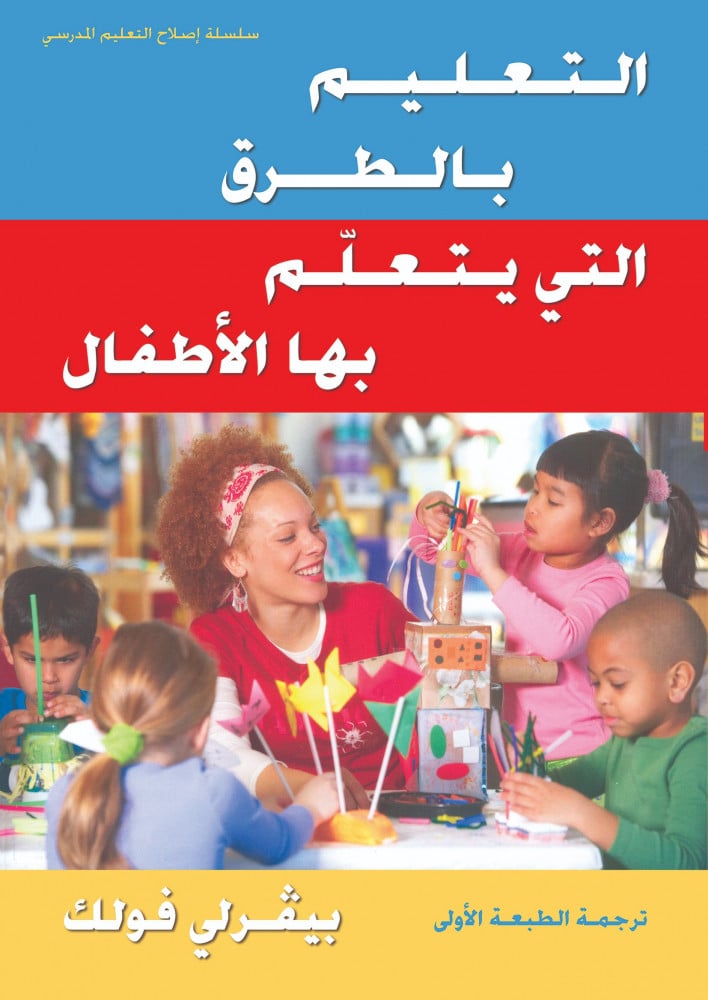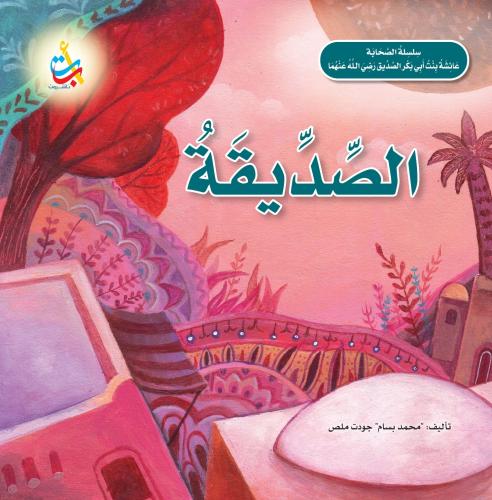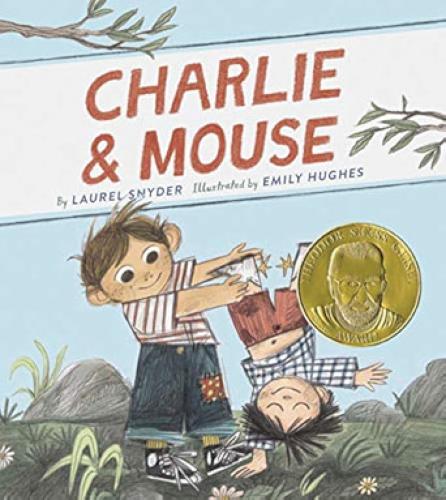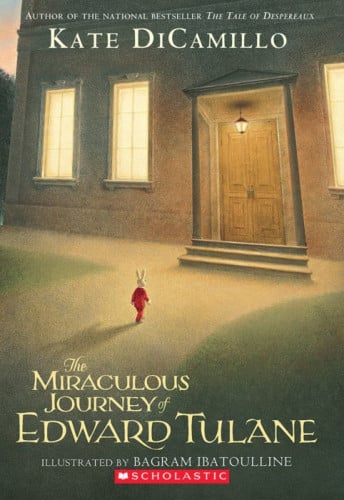AVAILABLE IN ARABIC
About This Book
This inspiring book reveals the invisible inner landscapes of how educators teach children from a variety of backgrounds to meet the challenging expectations of today’s standards without sacrificing support for their developmental needs or their diverse ways of learning. Featuring “images of possibility” from an urban school, it describes effective, child-centered teaching in pre-K through fifth grade Each image is analyzed for the educational decisions that took place to make the experience effective, including the planning involved, the classroom environment and routines that supported it, how standards were addressed, how the teacher assessed student learning to shape instruction, and the impact on students. This practical resource is a must-read for pre- and in-service teachers and anyone committed to helping inner-city children succeed in school and beyond.
Book Features:
• Principles of teaching for understanding through active learning.
• Examples of effective, project-based, interdisciplinary curriculum.
• Alternate methods of preparing children for standardized tests.
• Descriptions of school-wide practices that create a community of caring.
• Strategies for involving families in school life.
Topics : Teaching Strategies
Table Of Content
Acknowledgments
Introduction
PART I: OF HISTORIES AND CONTEXTS
1. A School's Beginnings
Personal Prelude
A Movement Is Born
La Escuela Nueva del Bronx: Beginnings
Political Crises
The Community Resists
A Victory—of Sorts
Lessons Learned
2. Contexts: The Evolution of Child-Centered Thinking and Teaching
Roots
John Dewey and the Progressives
Constructivist and Social Constructivist Theories
Behavioral Theories: An Opposing View
Refutation: Contributions from Neuroscience
Transforming Views of Teaching and the Role of the Teacher
Values, Assumptions, and Purposes
PART II: IMAGES OF POSSIBILITY: TEACHING
3. Morning Meeting: Infusing Skills and Content Knowledge Into Real-World Problems and Experiences
Routines
Critical Thinking
Building a Community of Learners
Knowing Learners Well
Teaching the Way Children Learn
Implications
4. Teaching for Understanding Through Active Learning
What is Teaching for Understanding?
Finding the Right Question
Contexts for Understanding
Teaching Strategies for Understanding
What Teachers Need to Know to Teach for Understanding
Using Knowledge of Students, Content, and Content Pedagogy to Design a Curriculum of Understanding
Challenges for Teachers Who Teach for Understanding
5. Integrating the Curriculum: Making Connections Between Ideas
The Undersea Study: An Integrated Investigation
The Power of Teaching to Children's Interests
Building on Children's Strengths
Making Room for All Kinds of Learners
Curriculum Integration
6. Nurturing Children to Become Critical Thinkers
Establishing a Sense of Time and Place
Learning About the Dailiness of Life Long Ago
Studying Historical Events:The Standards Dilemma
Dramatic Play as a Way to Understand History
Teaching Strategies to Support Critical Thinking
Teaching as a Cycle of Inquiry
7. A Community of Care: Teaching the Whole Child
Caring and Careful Language
Discipline and Problem Solving
Making Connections
Structures, Routines, and Activities of Care
Responsibility and Respect for the Community
Placing Care at the Center of Educational Practice
8. Culturally Relevant and Responsive Teaching
Teaching to Diversity
Teaching About Diversity
Children Learn What They Live
PART III: IMAGES OF POSSIBILITY: SCHOOLWIDE STRUCTURES AND PRACTICES
9. Using Assessment to Support Student Learning
Akeem's Story: Observing and Documenting Children's Strengths
Schoolwide Documentation and Assessment of Student Progress
Issues for Teachers
10. Involving Families in School
Life Communication Vehicles Build Community
Structures to Support Family Involvement
Efforts to Maximize Family Involvement
Challenges to Increased Involvement
11. Building Leadership for Learning
Viewing Everyone as a Learner and Leader
Structures and Procedures for Professional Learning
Teachers Taking the Lead
The Leader: Balancing Challenges and Commitments
Reframing Leadership
12. Of Courage, Hope, and Possibility
Revisioning Schooling to Support Diverse Learners
Problems as Opportunities to Learn
References
Index
About the Author
About the Authors
Beverly Falk:

Beverly Falk is a professor and the director of the Graduate Programs in Early Childhood Education at the School of Education, The City College of New York. She has served in a variety of other educational roles: as a classroom teacher; a public school founder and director; district administrator; consultant to schools, districts, states, and national organizations; and associate director of the National Center for Restructuring Education, Schools, and Teaching at Teachers College, Columbia University. She has been a fellow at the Carnegie Foundation for the Advancement of Teaching and is founding editor of The New Educator, a quarterly, peer-reviewed journal. The author/coauthor/editor of many publications and books, her most recent work includes Teaching the Way Children Learn (Teachers College Press, 2008) and Listening to Their Voices: What We Can Learn From Teachers Inside the Urban Classroom (New Press, 2012).
ISBN: 9786038630945
Author: Beverly Falk
Publisher: Educational Book House
Publish Year: 2014
Size: 17*24cm
Pages number: 308













